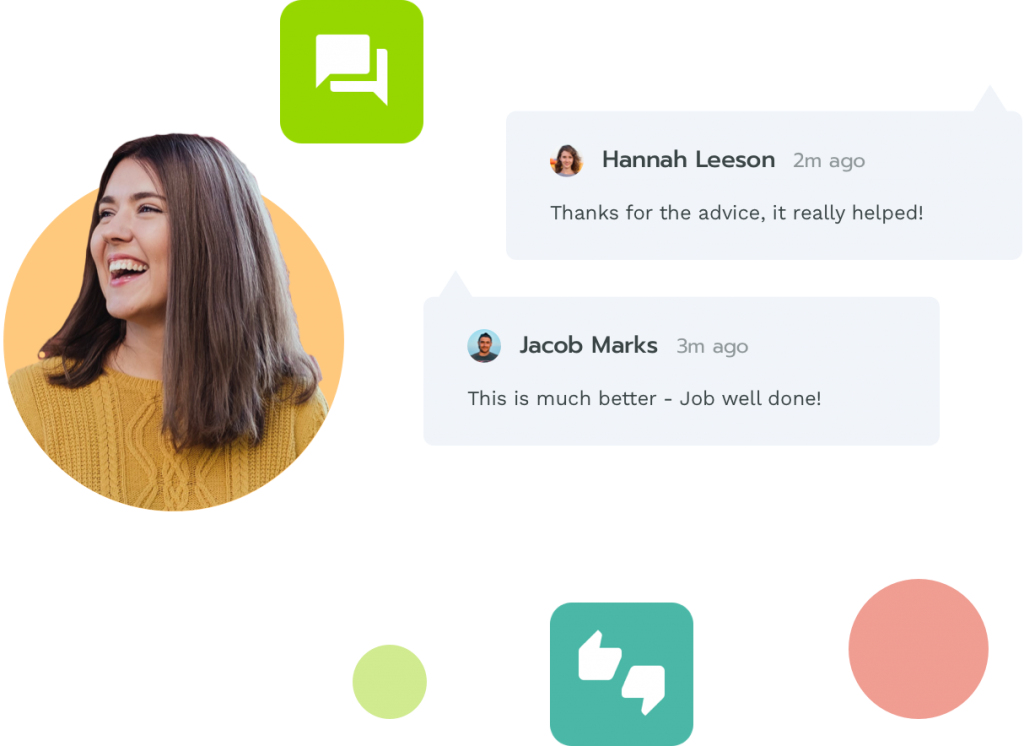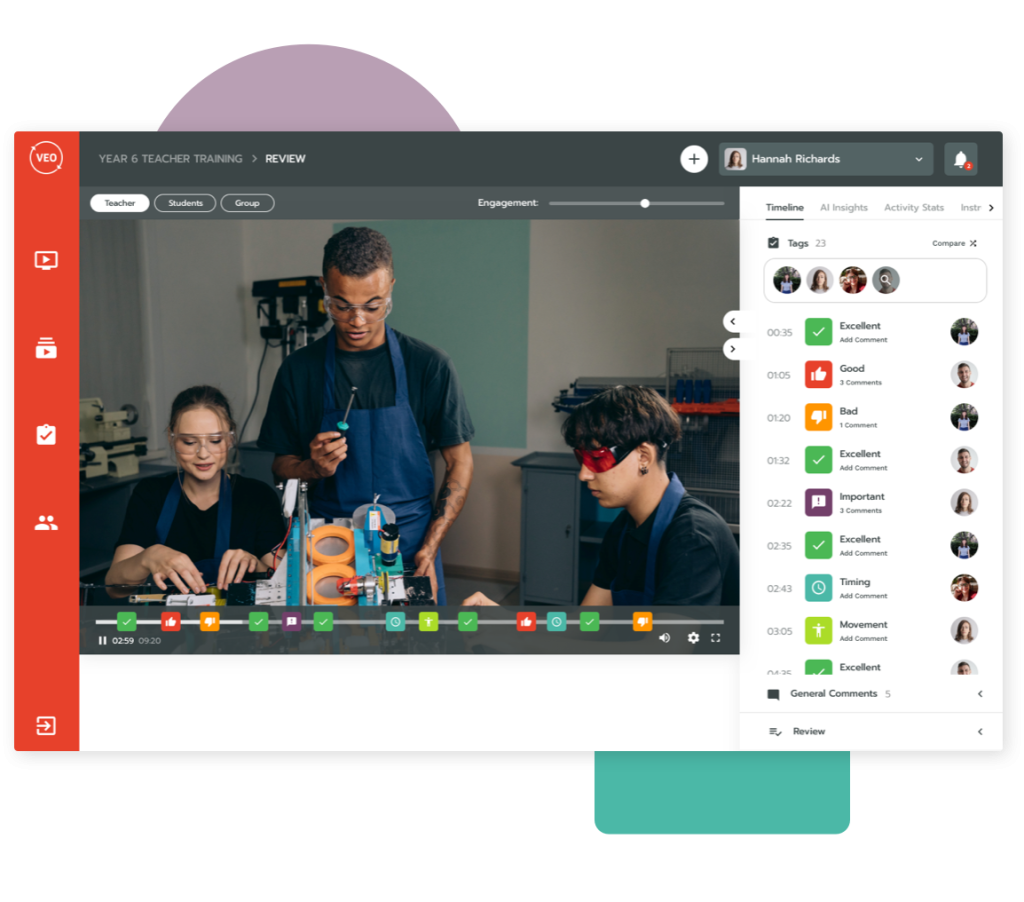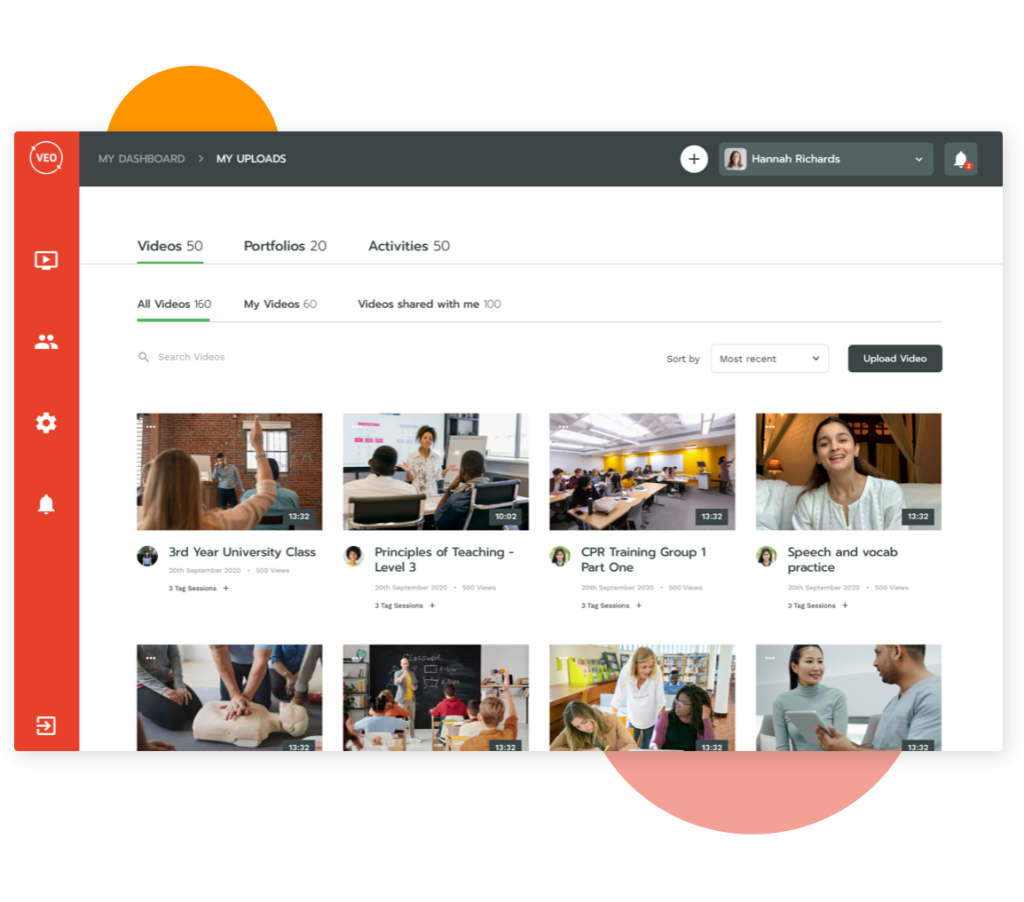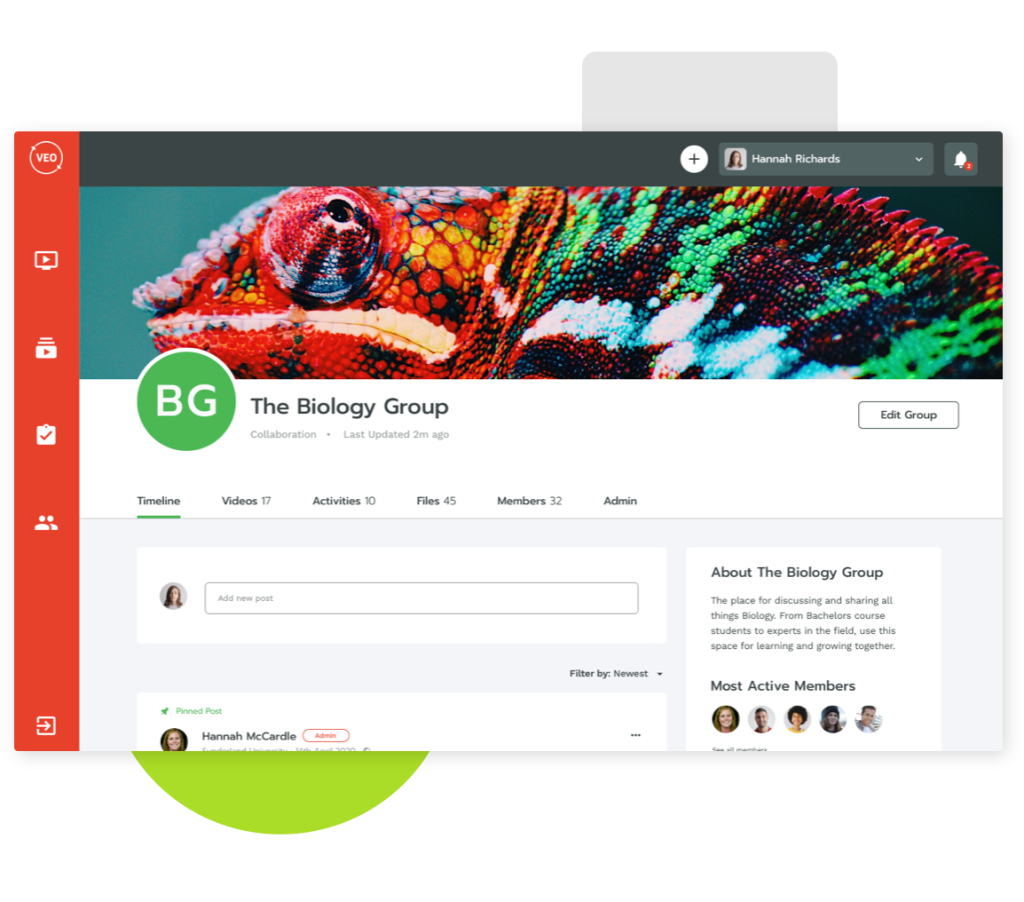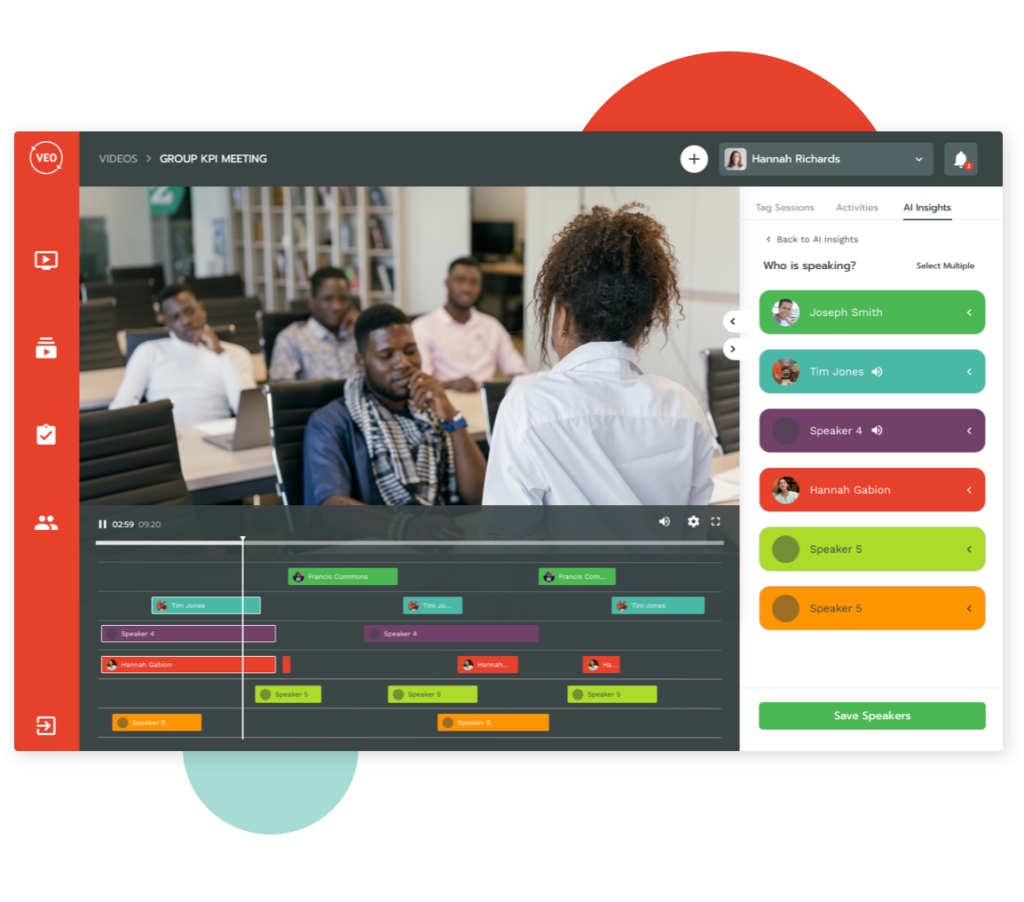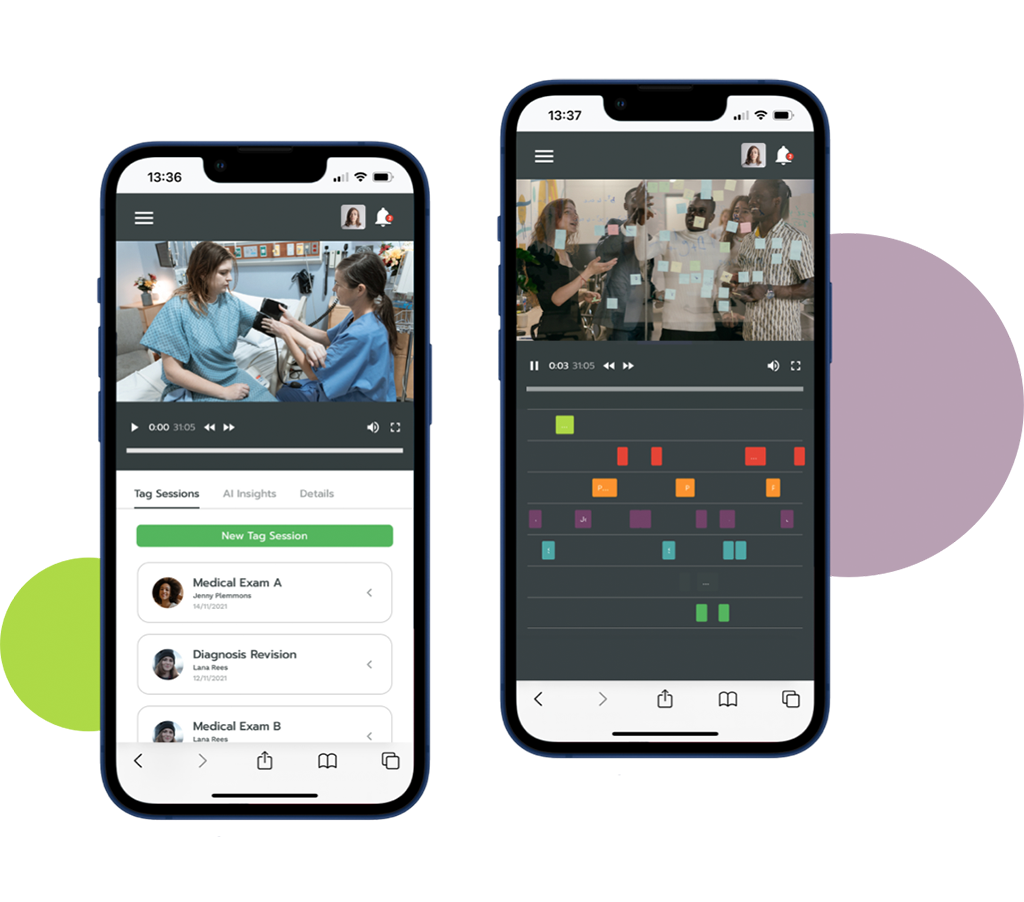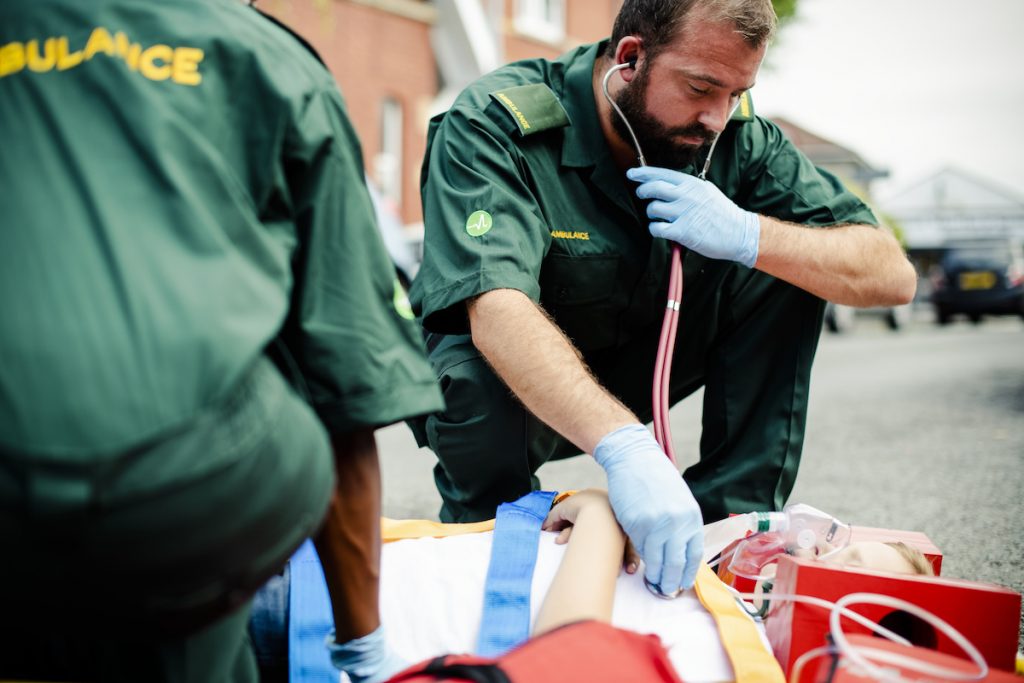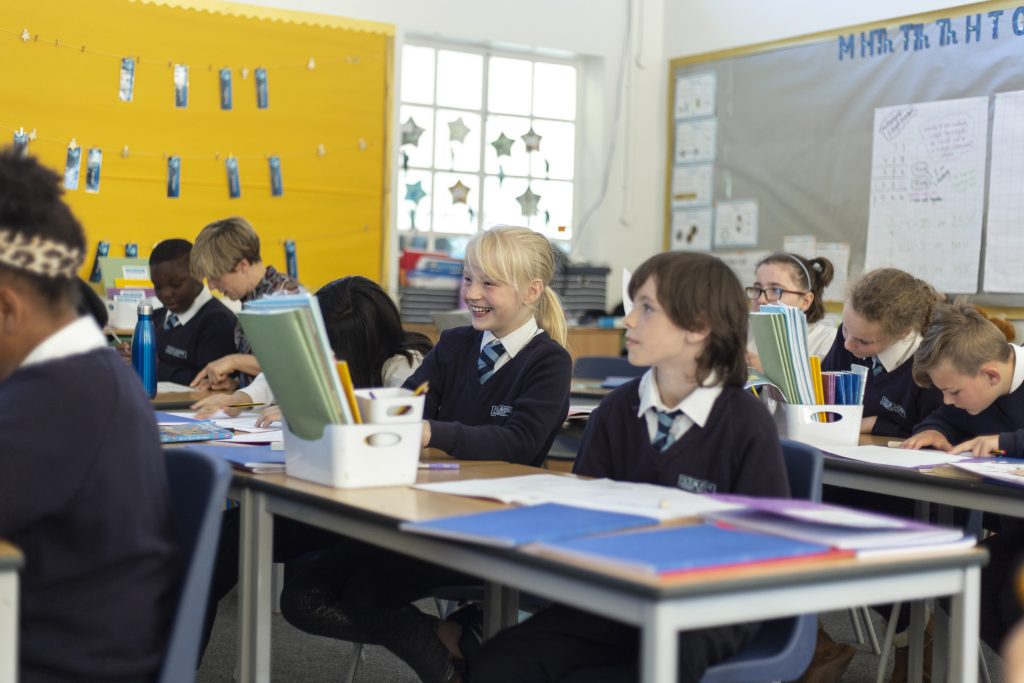
Case Studies Contents:
Optimising OSCE Assessment Observations
We spoke to Senior Lecturer Matt Perry from the University of Gloucestershire’s Paramedic Practice team, who are using VEO to record high-fidelity patient simulations for OSCE assessments. They chose VEO as it’s a non-intrusive method for capturing student practice on video, and it massively enhances the marking process.

VEO cut the staff time of running OSCEs down to a third of what it was. As well as improving student experience, it’s more than paid for itself.
Matt Perry
University of Gloucestershire, Paramedic Practice Team
Saving time and cost
VEO has helped the University’s staff to free up some of the time previously spent on OSCEs to focus on other areas. “It’s also cut staff time down, meaning we don’t have to have as many hourly paid staff assisting”, Matt said.
“Traditionally, OSCEs required two members of staff. Each one took 30-60 minutes with time for writing up notes and discussing whether to award a pass or fail. VEO now allows OSCEs to run with one staff member, sometimes even working remotely.”
“By tagging the students video, we can quickly and easily assess skills and human factors.”
VEO is very easy to set up and use with several students groups at once” Matt told us. “It offers flexibility for simulations in lifelike locations, outdoors as well using indoor teaching spaces.
Facilitating focused feedback
In preparation for OSCEs, students are empowered to record each other for peer feedback which can be sent to tutors.
Matt told us that “Physically seeing how they performed gives a much greater understanding of how and why they may have taken certain decisions. For example if they took too long to defibrillate a patient, why did that happen? Being able to see it for themselves is so powerful, and course tutors can also give direct feedback on what’s most relevant for each student to improve on.”

Before, students received up to about 5 or 6 key pieces of feedback on how to improve. Now they are able to see the entire scenario and look at mistakes or triumphs in the context of how they were made.
Matt Perry
University of Gloucestershire, Paramedic Practice Team
Creating better practitioners
Human factors are being increasingly recognised in the healthcare sector and Matt explained how VEO complements this. “The ability to engage in detailed self-reflection, or to ask peers and tutors to feedback on videos of practice in action allows students to make meaningful change throughout their career.”
“It allows them to ask important questions like, ‘how did I come across to the patient at that point?’, ‘how did I cope in that situation?’, ‘am I basing this decision on evidence?’.”
Experience the power of VEO for yourself
Get in touch